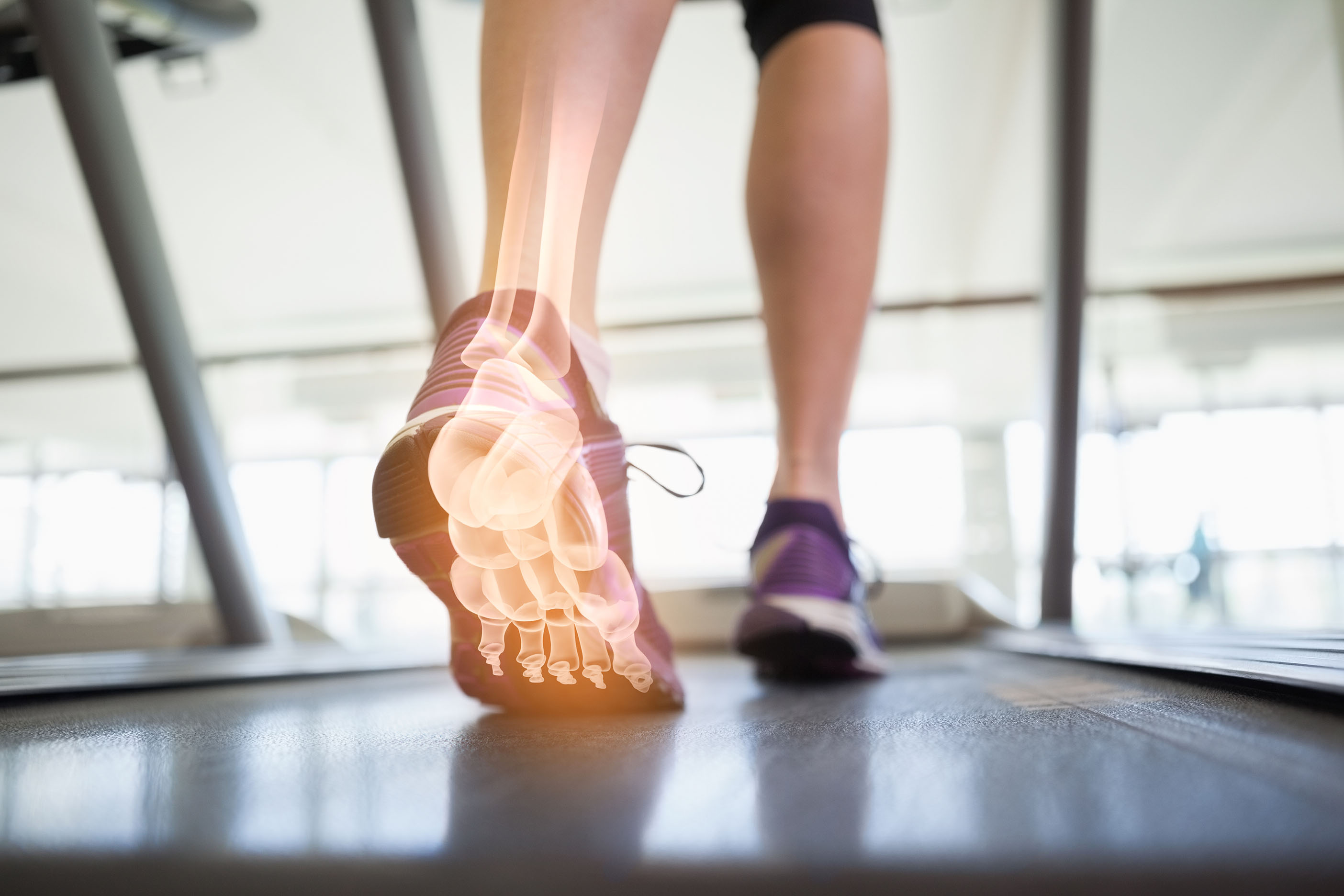When it comes to health and wellness, feet are generally neglected.They are overloaded, overworked, and get minimum attention despite carrying the entire weight of the body.Hiding under a neat pair of shoes, feet are generally least thought of. But when it comes to diabetes,feet call out for all that attention they had previously missed.
Diabetic foot problems are very common, but they remain neglected in the larger scheme until there is need for aggressive management – to avoid diabetic foot ulcers and perhaps amputation.
Diabetes-related foot problems are a major cause for decreased mobility, hospitalization, and even amputation of the foot. Diabetes causes changes in the joints, blood vessels, and nerves of the feet. This makes them prone to a host of conditions that impair quality of life of a person.
People with diabetes, at some stage or the other, face diabetic foot problems. They can be minor in the form of numbness or tingling, corns, calluses, and blisters. They can be major in the case of diabetic foot infection, which can lead to diabetic foot ulcers. It is important for every person with diabetes to understand the importance of foot care and hygiene in order to prevent major complications.
Diabetes and Feet – Quick Facts
Carrying the entire weight of the body, our feet are designed to provide movement, balance, and weight transmission. They contain numerous bones and ligaments to do these functions.
We generally think of our feet only when we have to buy a pair of shoes. Here are some interesting facts about our feet that make you realize how important they are.
- Feet contain 26 bones and 33 joints.
- They contain more than 100 muscles, ligaments, and tendons.
- A pair of feet have 250,000 sweat glands.
- While walking, our toes carry half the weight of the body.
- We take 8000 to 9000 steps per day.
- Toenails and fingernails grow faster in hotter weather.
- Most women wear shoes that are generally smaller than their feet.
- In a person, the size of each foot is different. Only rarely they are of the same size.
- Most illnesses manifest in the form of some symptoms or the other in the feet.
- Women wearing high heels are more prone to foot problems than men.
- A foot has more than 8000 nerves and so is highly ticklish.
Common Foot Problems
Our feet are prone to a wide variety of problems including:
- Injury/Fractures
- Stress
- Blisters
- Warts
- Corns/Calluses
- Heel problems
- Nerve problems
- Problems of the bones, muscles, ligaments, and tendons
- Flat foot
- Infections and ulcers
Most amputations of the feet that are not caused due trauma are due to peripheral vascular disease, diabetic neuropathy, and diabetic foot disease.People with diabetes have to take special care in order to avoid diabetes complications of the feet.











